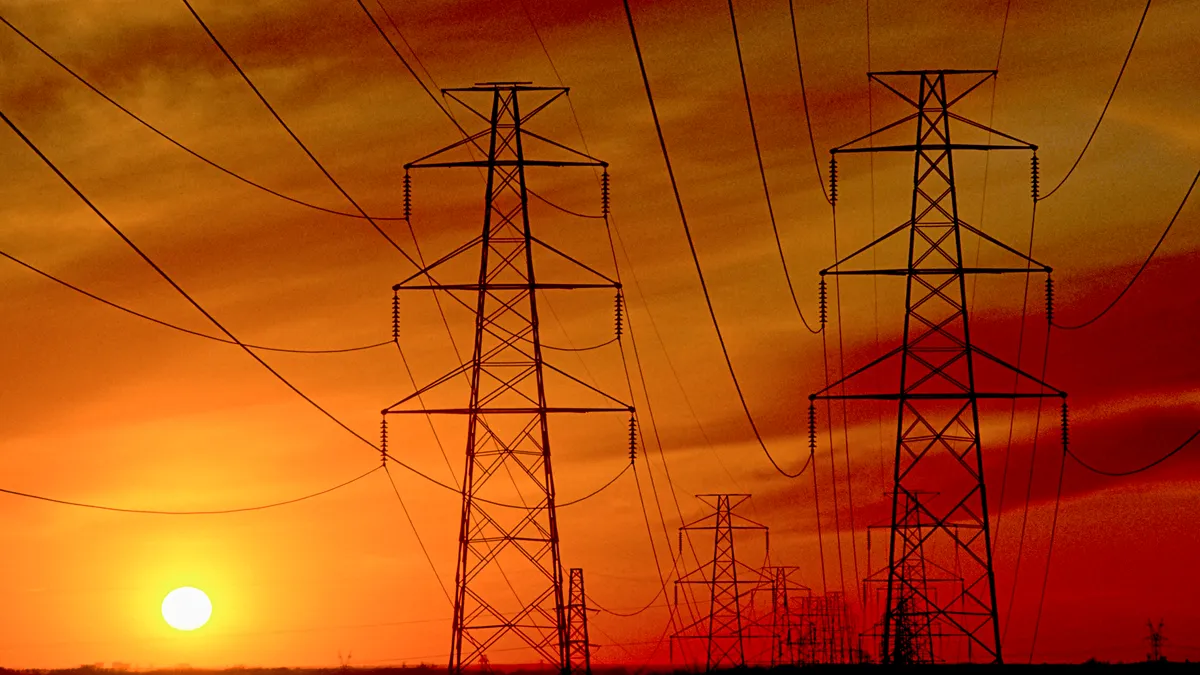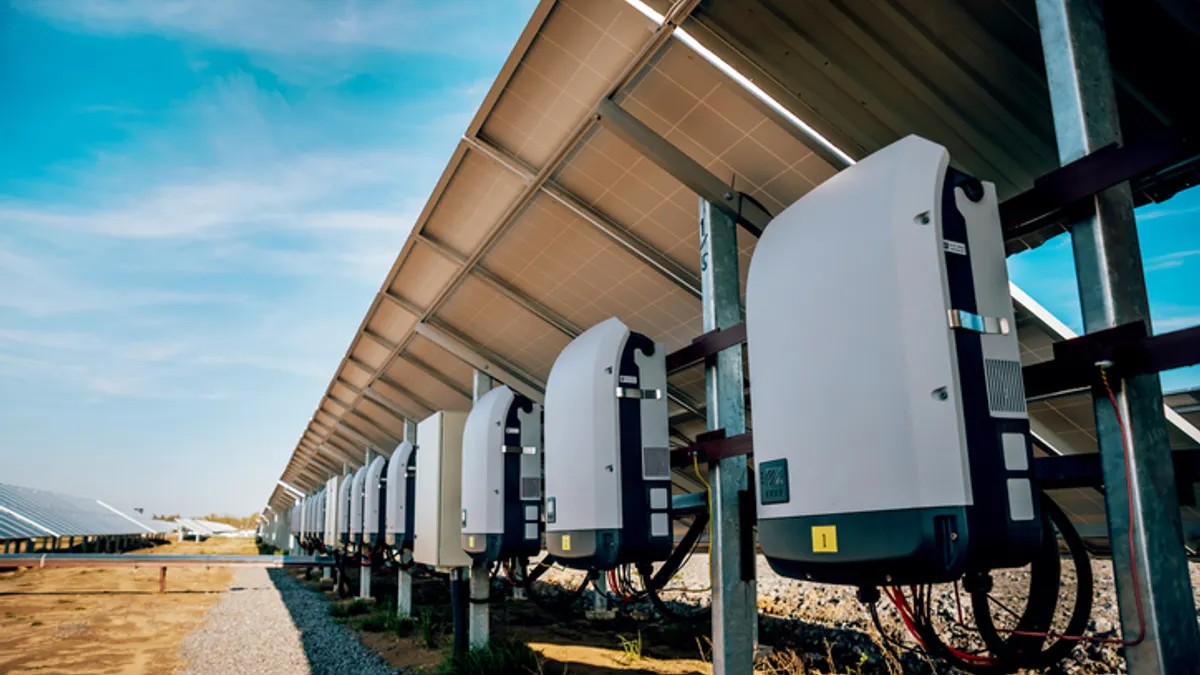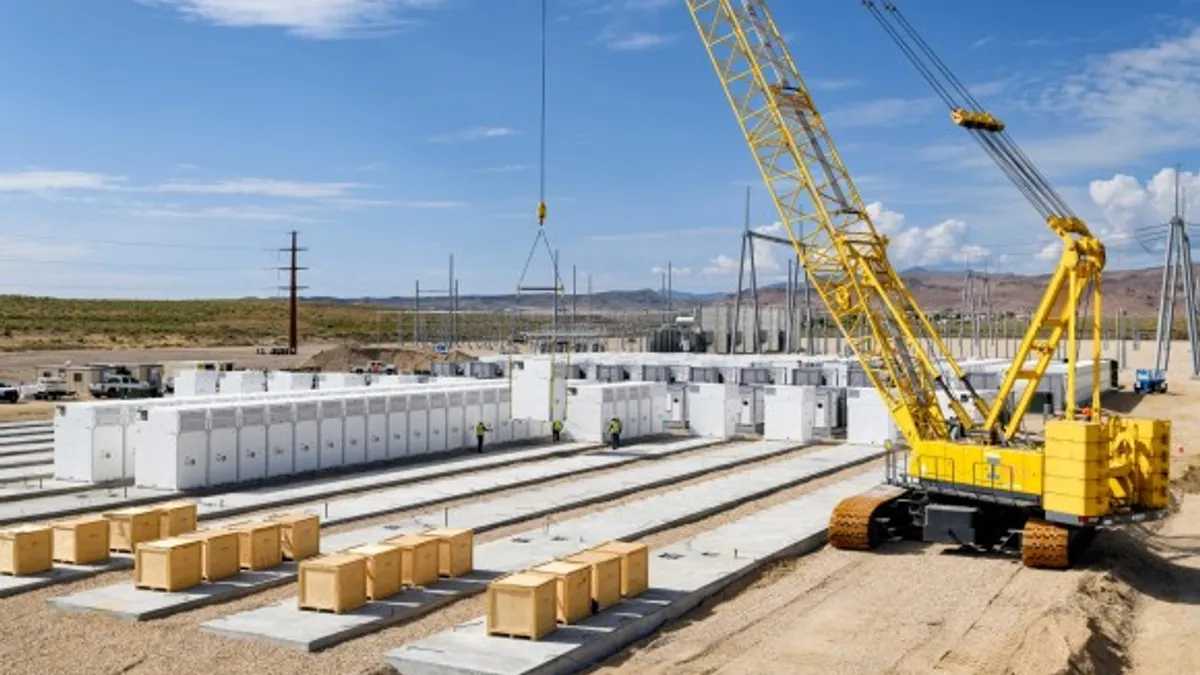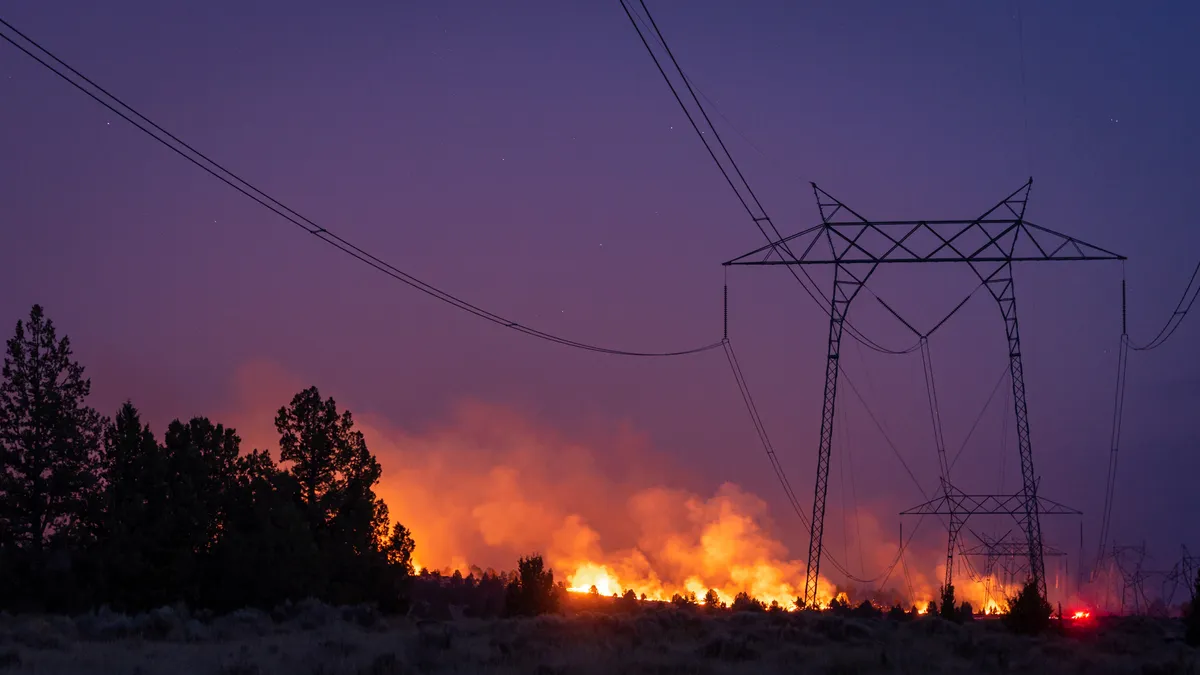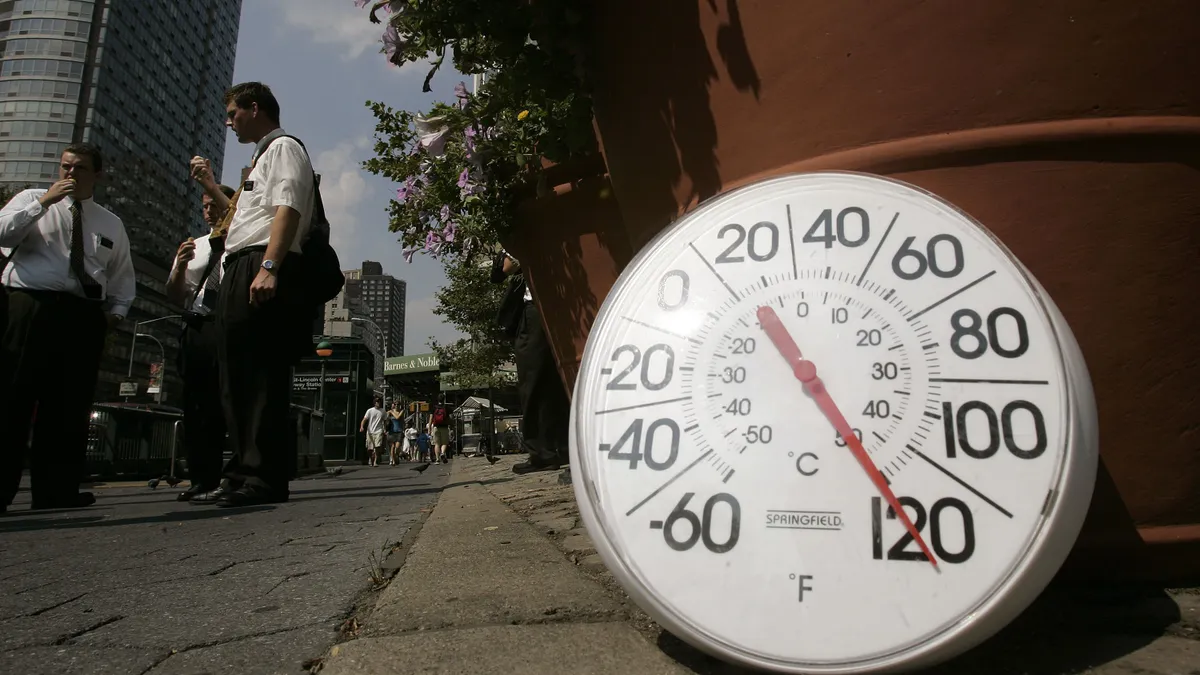Much of the United States may see lower energy prices and somewhat lower reliability risks this summer compared to a year ago, according to the Federal Energy Regulatory Commission’s annual summer energy market and reliability report, released Thursday.
Citing the North American Electric Reliability Corp., the report found that new power supplies would outpace demand growth this summer.
NERC expects net internal electric demand in the United States to increase this summer by about 1.4% to 770.9 GW from 760.3 GW a year ago, according to FERC’s report. At the same time, total system resources and net transfers are expected to grow 2.4% to 960.9 GW from 938.2 GW last summer.
Even so, NERC said this week most of the U.S. faces an elevated risk for rolling blackouts during extreme summer weather.
The outlook for the Midcontinent Independent System Operator’s footprint, which runs from Louisiana to Montana, improved from a year ago when the region faced the risk of rolling power outages under normal weather conditions because of a potential lack of power supplies. After acquiring more than enough capacity in its just-held capacity auction, MISO this summer faces an elevated risk of planned outages only under extreme weather conditions, according to the report.
Also, drought conditions across much of the West have eased compared to last year, potentially leading to more hydroelectric generation, FERC staff said in the report.
“Increased precipitation, higher snowpack, and somewhat replenished reservoirs indicate higher hydropower in parts of the West, particularly California, this summer in comparison to last year,” staff said.
Forward natural gas prices at major trading hubs are down sharply from a year ago, according to the report. As of April 20, the Henry Hub futures contract price averaged $2.41 per million British thermal units for June through September, a 71.3% drop from last summer’s settled price average, FERC staff said.
“Lower natural gas prices should place downward pressure on electricity prices and improve grid reliability relative to last summer,” FERC staff said. “Increased supply relative to demand and higher storage inventories in the domestic natural gas market should increase availability this summer, despite further growth in [liquefied natural gas] exports.”
The report highlighted various risks to the power system, including emerging Environmental Protection Agency regulations.
“While the majority of the proposed and final [EPA] requirements will take effect in the future, typically near 2030, all complement the ongoing grid transition, a process that is being carefully monitored and planned for by all stakeholders and is expected to require a higher level of vigilance in the near term, including this summer, as grid planners and operators adjust to changing patterns, resources and conditions,” staff said.
Also, physical attacks on the grid are increasing — up to 172 last year from 99 in 2021 — and supply chain disruptions could hurt grid reliability, according to the report.
Some FERC commissioners saw bright spots in the report.
“There's some good news here,” FERC Acting Chairman Willie Phillips said during the agency’s monthly meeting Thursday. “I think we're seeing things trending in the right direction over last year.”
FERC Commissioner Allison Clements agreed. “It’s trending in the right direction,” she said.
Clements calls for vigorous reliability analysis
On the issue of grid reliability, Clements noted FERC is meeting next month with state officials and other stakeholders to examine the PJM Interconnection’s capacity market and ISO New England’s ability to provide power in the winter.
“My hope is that we use these gatherings to push beyond generic concerns about the pace of change on the electric system and instead examine, define, and quantify the specific challenges that each region faces and solutions that are tailored to those challenges,” she said.
Clements said she and others have been outspoken about the need to better quantify the scope of New England’s winter reliability risk.
Preliminary results of a study issued this week by ISO-NE indicate the region’s electricity system can withstand the loss of the Everett LNG terminal near Boston if power plants can secure the fuel from other suppliers.
“The new analysis shows that in the event the Everett LNG facility retires, the winter risk is more limited than originally supposed, largely due to greater than expected deployment of energy efficiency and new behind-the-meter solar generation,” Clements said.
Clements also called for taking a close look at the assumptions PJM used in a widely cited report that found that up to 40 GW of capacity is at risk of retiring in its footprint by the end of this decade.
“It is important that we avoid jumping to conclusions before we collectively kick the tires on the assumptions in this report,” she said.
Clements wants to know, for example, if price signals sent by tightening margins will help retain capacity.
A report conducted for the Sierra Club and the Natural Resources Defense Council said the PJM analysis was based on invalid assumptions, including a failure of the grid operator’s capacity market to attract new power supplies.
“Retirements are one important piece of a larger reliability puzzle, and solving that puzzle starts with an analysis of all the pieces,” Clements said.
Measures to bolster reliability include getting new resources online, properly accrediting the ability of resources to provide energy during shortages, and unlocking barriers to more dynamic demand-side resources, Clements said.
“We must keep our eyes on the prize of scenario-based, long-term regional and interregional transmission system planning, which will — together with interconnection reform — be leading players in the reliability solutions portfolio going forward,” she said.



